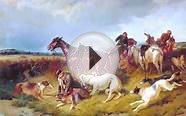Information about hunting
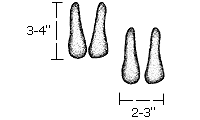
Tracks
On hard ground, the inner curved hooves may not appear. In snowy terrain, a heavy foot drag is evident.
Scat
Mountain goat droppings are easily confused with deer and sheep. However, the sizes of goat droppings are smaller than these other hoofed animals. Depending on the amount of moisture in the goat's diet, their droppings may vary from dry, hard pellets (winter) to a clustered mass of soft pellets.
The range of the mountain goat (Oreamnos americanus) is restricted to the steep and broken mountain ranges of northwestern North America, from Idaho and Washington to Southcentral Alaska. Mountain goats also occur in Southeast Alaska, where their range extends north and west along the coastal mountains to Cook Inlet. In Southcentral Alaska, goats are found in the Chugach and Wrangell Mountains, and a few occur in the Talkeetna Mountains. Goats have been introduced to Kodiak Island as well as to Southeast Alaska’s Revillagigedo and Baranof Islands.
Mountain goats are both grazing and browsing animals, depending on the particular habitat and season of the year. They normally summer in high alpine meadows where they graze on grasses, herbs, and low-growing shrubs. Most goats migrate from alpine summer ranges to winter ranges located at or below tree line. However, some may remain on windswept ridges throughout the year. As winter advances and the more succulent plant species die back, a goat’s feeding habits shift to browsing. Hemlock is an important winter diet item but largely out of necessity; feeding habits in winter are mainly a matter of availability.
Mountain goats rely on the security of their cliffy territory for protection. Approaching within shooting range is not difficult if the hunter is able to negotiate the terrain. When possible, it is usually best to approach from above as goats are more alert to possible danger from below. Both billies (males) and nannies (females) have horns. Billies and nannies look similar. It is legal to shoot nannies; however, wildlife managers encourage hunters to target billies instead and tools have been created to help hunters to tell the difference. See the Mountain Goat Identification Quiz for more information.
Billies are about 40 percent larger than nannies and average 260 and 180 lbs (118 and 82 kg), respectively. An adult goat may lose 50 lbs (23 kg) on its meager winter diet and gain the weight back during the lush summer months. The dressed weight of a 250-lb (113-kg) goat is about 150 lbs (68 kg); about 85 lbs (39 kg) of this is usable meat.
In 2007, 518 mountain goats were harvested in Alaska, 158 by nonresidents (about 30 percent) and 360 by resident hunters. Nonresident mountain goat hunters are required to have a guide or be accompanied by an Alaska resident who is a relative.
You might also like
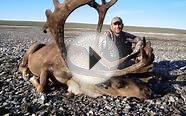

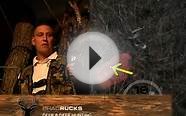

|
Black Bear Hunting: The Ultimate Reference Book (Smith Pubns)
|
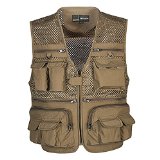
|
Panegy Men Spring and Autumn Professional Multi Pocket Travels Outdoor Fishing Vest Photography Director Vest Khaki XXXL Sports (Panegy)
|
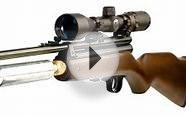
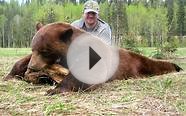
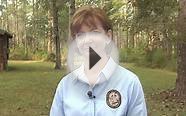
|
Leading the Conversation: 3 Powerful Communication Strategies to Upgrade Your Image and Improve Your Results When Speaking with Business Leaders About IT (The I.T. Success Series Book 2) eBooks (Almianna Press) |
|
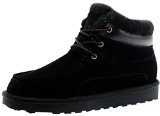
|
Rock Me Women's Baken III Suede Waterproof Lace Up Winter High Top Black Snow Boots Size 10 B(M) US Shoes
|
